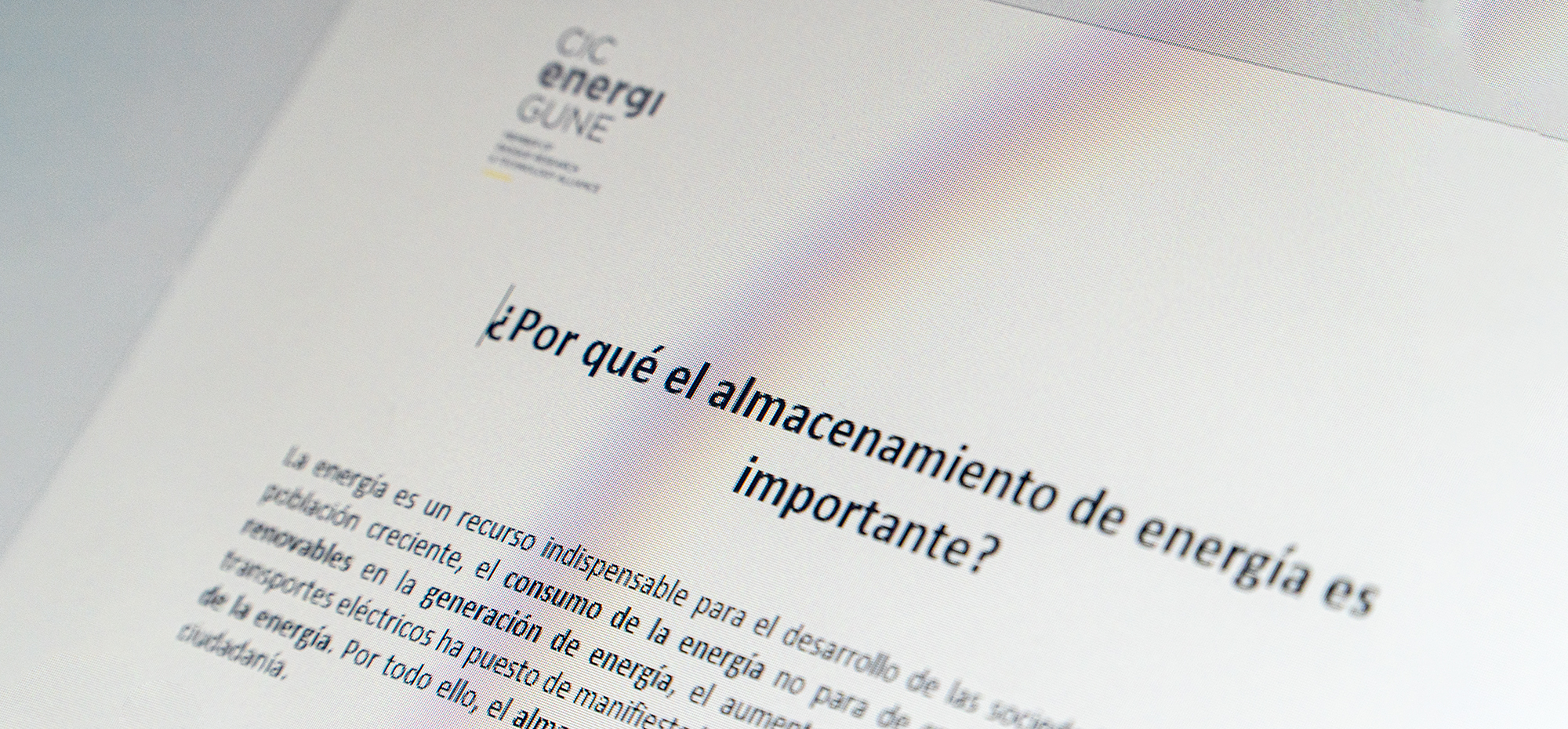He is currently European Editor for the Journal Solid State Ionics and co-founder of the successful spin-off company CeresPower Ltd.
He is Scientific Advisor of CIC energiGUNE in materials strategy and in the field of ceramic electrolyte research.
He has been involved in the research of advanced electrical ceramics for 30 years and has published more than 400 articles in this and other fields related to materials science. He also holds several patents relating to fuel cells and gas separation devices.
1. How do you see the future of solid state automotive batteries?
In my opinion, solid-state batteries are essential for the development of a safe and high performance electric energy storage system for the large scale deployment of electric vehicles. Electric vehicles are already available, but they have some limitations that need to be addressed before their wholesale adoption can take place.
As is usual with technology such as this, it is essential that the new system outperforms what is currently available, in order to gain market share. In this, the solid-state battery excels in two ways.
The first is the ability to use lithium metal for the battery anode to achieve high energy density, and therefore, greater range in the electric vehicle. This is because lithium is very corrosive and requires a chemically inert material for use as an electrolyte, which has to be in firm contact with the metal anode. In this way, ceramic materials become ideal since they are very resistant to corrosion processes.
The second aspect is safety. Current lithium-ion technology requires a liquid or gel electrolyte that is flammable and toxic. So there can be problems with batteries such as overheating and fires that have occurred in electric cars or in the Boeing 777 aircraft (hence the current ban on lithium batteries in aircraft hold luggage). This overheating can happen when the battery is short-circuited internally either by accident or by an internal fault, and the high temperatures generated can lead to a fire.
Solid-state batteries are much more robust against such accidental damage, and the electrolyte itself is non-flammable, unlike liquid electrolytes. This makes the solid state battery a very attractive prospect for future batteries in electric vehicles.
2. When will solid state batteries for the electric vehicle come to market?
It is difficult to predict because it depends on issues which are multifactorial.
The research and development to make these batteries to provide workable prototypes will only take a few more years, perhaps 3-5, but this is an inexact forecast as a breakthrough could occur at any time.
Large-scale manufacture and deployment will depend on rapid technology transfer, which should not be a problem if governments provide sufficient impetus. In fact, the current aim to decarbonise the energy landscape in a sufficiently short time (2050) to affect climate change will need strong incentives to provide alternatives to combustion engines and to adopt electrical alternatives.









